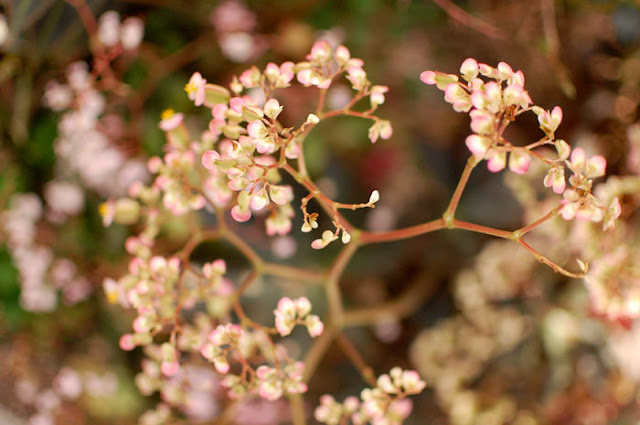 |
| Birthday Cake with Rainbow Crumble at Milk Bar |
Over the past few years, I've been fascinated by the
Momofuku Milk Bar phenomenon, as well as reading interviews with its doyenne, Christina Tosi. When Milk Bar started getting media coverage, the idea of a French Culinary Institute-trained pastry chef incorporating Kraft marshmallows and Cap 'n Crunch, among other junk foods, in her critically-lauded desserts was fresh and kind of hilarious (though
her personal diet sounds terrifying). And now it seems as though the trend has really taken hold–New York Magazine's
Grub Street ran
a feature on upscale childhood-throwback desserts earlier this week, advising readers on the city's choice spots for treats like ice cream sandwiches, s'mores, and snow cones.
As also seen in the broader
comfort-food wave (hello, gourmet burgers, hot dogs, fried chicken, etcetera), nostalgia seems to be having its moment in food culture, expressed through such disparate means as these retro junk food leanings and the back-to-the-earth urban farming movement. Through indulging in the processed, consistent flavours of youth or evoking the living-off-the-land lifestyle of generations past, aesthetic decisions are being made to imbue food with a (real or imagined) sense of memory.
Making sophisticated versions of childhood favourites seems to be the way in which cooks and food writers are attempting to reconcile their desires to relive happy memories while appeasing their grown-up taste buds. In
this week's installment of her
"A Good Appetite" column in the New York Times, Melissa Clark revisits a favourite childhood meal–tomato soup with a grilled cheese sandwich–only to be disappointed. "So much for nostalgia," she writes after tasting the bland soup made directly from her grade-school recipe. Her solution? A revamped soup recipe with fennel and Pernod, served alongside Brie toasts. Not quite a dish that would pique interest in the average eight-year-old, but a vehicle for recreating the satisfaction of a past time.
I've tried a few cookies and a milkshake at Milk Bar before and they were okay, but weren't really my cup of tea. First off, I'm not usually a fan of super sugary things. But it probably also has to do with my own conceptions of nostalgic food. I grew up with health-conscious parents who always read ingredient labels, and my love of kale and distrust of artificial colours and high-fructose corn syrup stem from straight from childhood. So at the risk of sounding like a total snob, the treats I grew up eating were far from the junk food standbys–I loved bitter dark chocolate, nuts, olives, dried mangoes, paté, and sorbet. Yeah, I was pretty much the snobbiest child ever in terms of gourmet eating tastes. The closest to junk food we had in our pantry was potato and tortilla chips, and those were only the kind without preservatives and artificial flavours.

My dad does have one major weakness when it comes to snack-food cravings–cheese crackers. He will stash boxes of them in hidden cupboards and polish them off in record time, and while I'm not quite at his level of fandom, cheese crackers will always taste like home. Since I've never actually made my own crackers before, and was inspired by this concept of riffing off a childhood taste, I made these guys last night.
Parmesan-Herb Crackers (mostly faithful to Smitten Kitchen's
Parmesan Cream Crackers, adapted according to what was in my fridge)
1 cup flour
1 teaspoon salt
4 tablespoons butter
2/3 cup grated Parmigiano Reggiano
1/8 cup almond milk
1/8 cup sour cream
Herbs of choice for topping (I used an Herbes de Provence blend)
It's super easy: blend ingredients together in a food processor until a dough forms. Roll out to desired thickness (I like mine as thin as possible), cut into whatever shapes you want, poke the crackers with a fork (so that they stay flat while baking) and sprinkle with herbs. Bake at 400ºF on a greased/lined cookie sheet until browned, about 10-12 minutes.





















